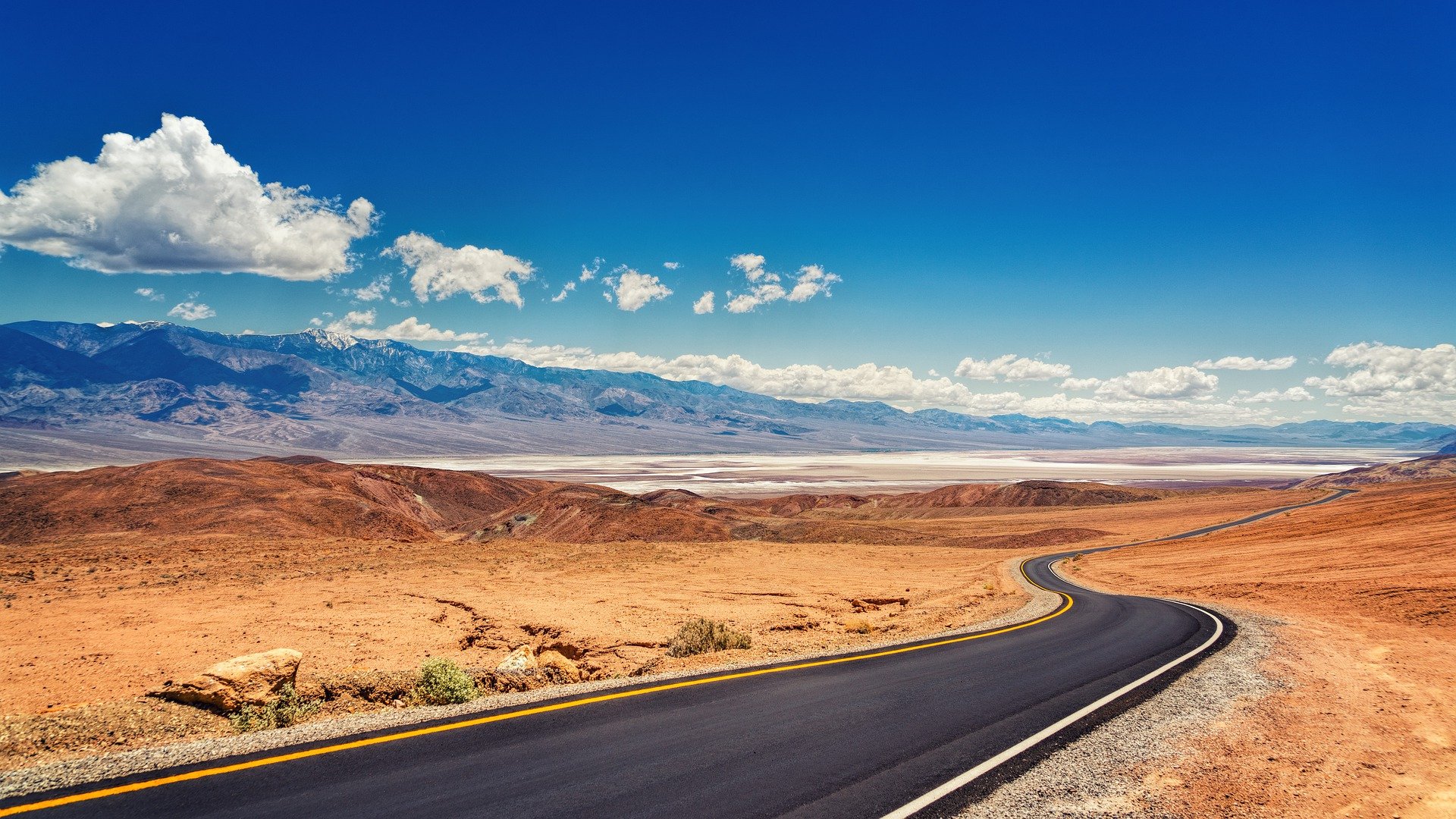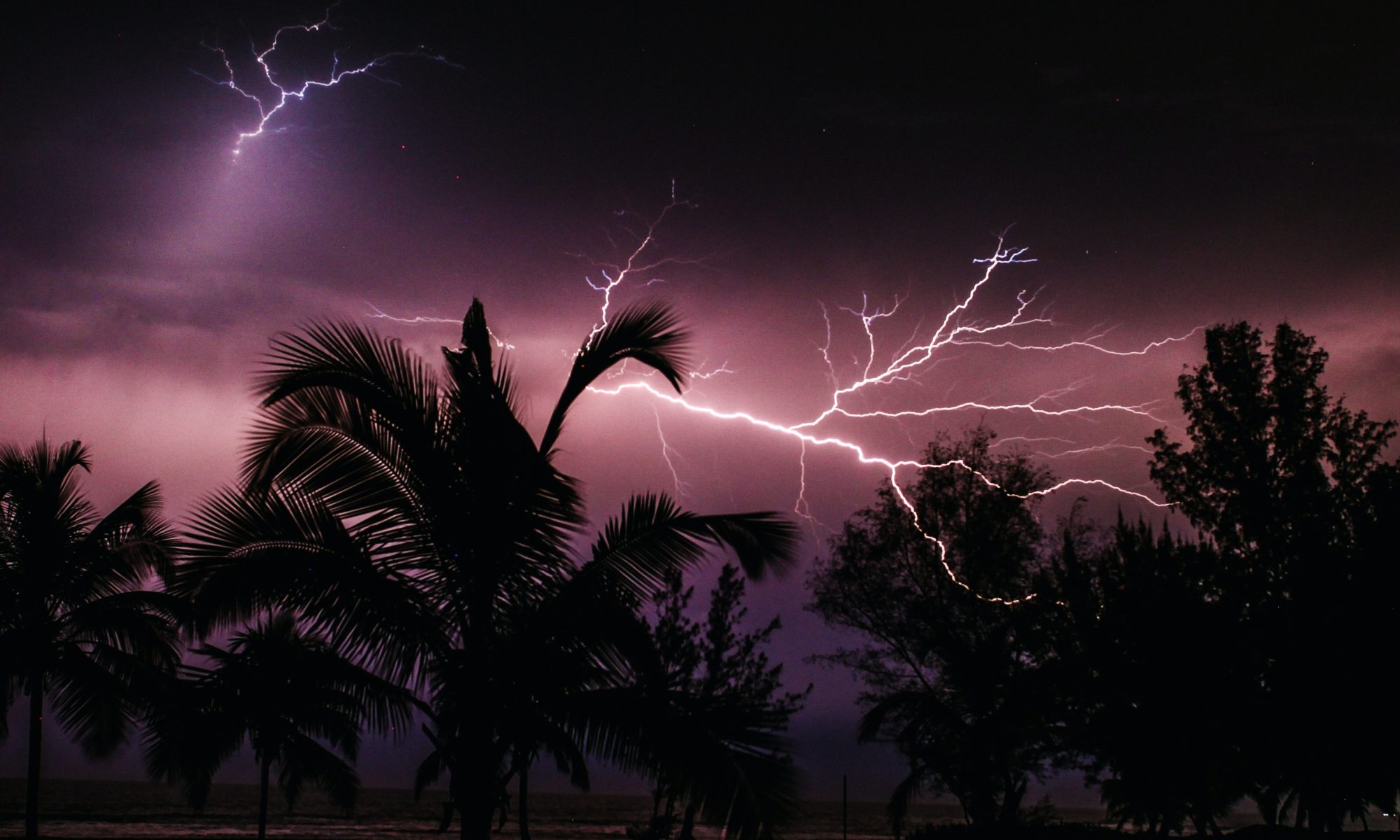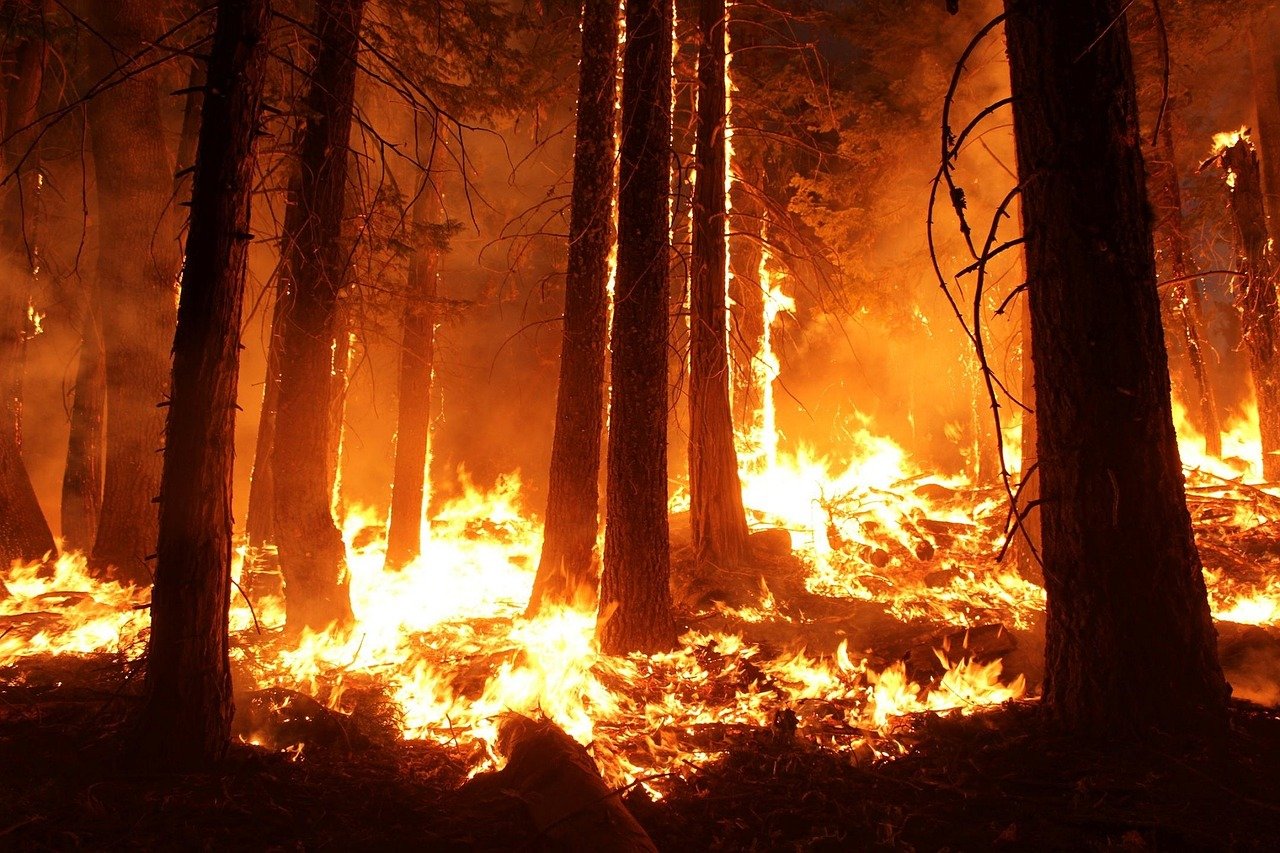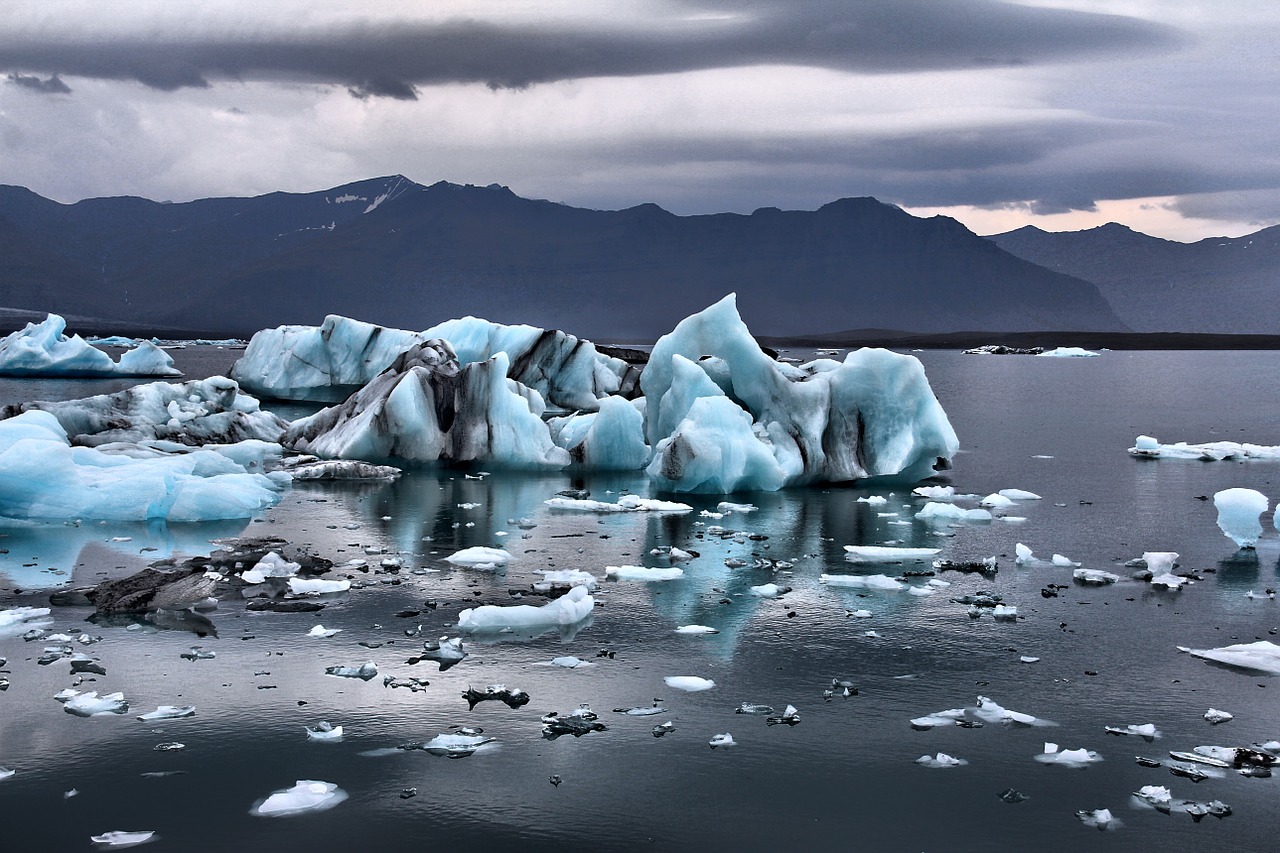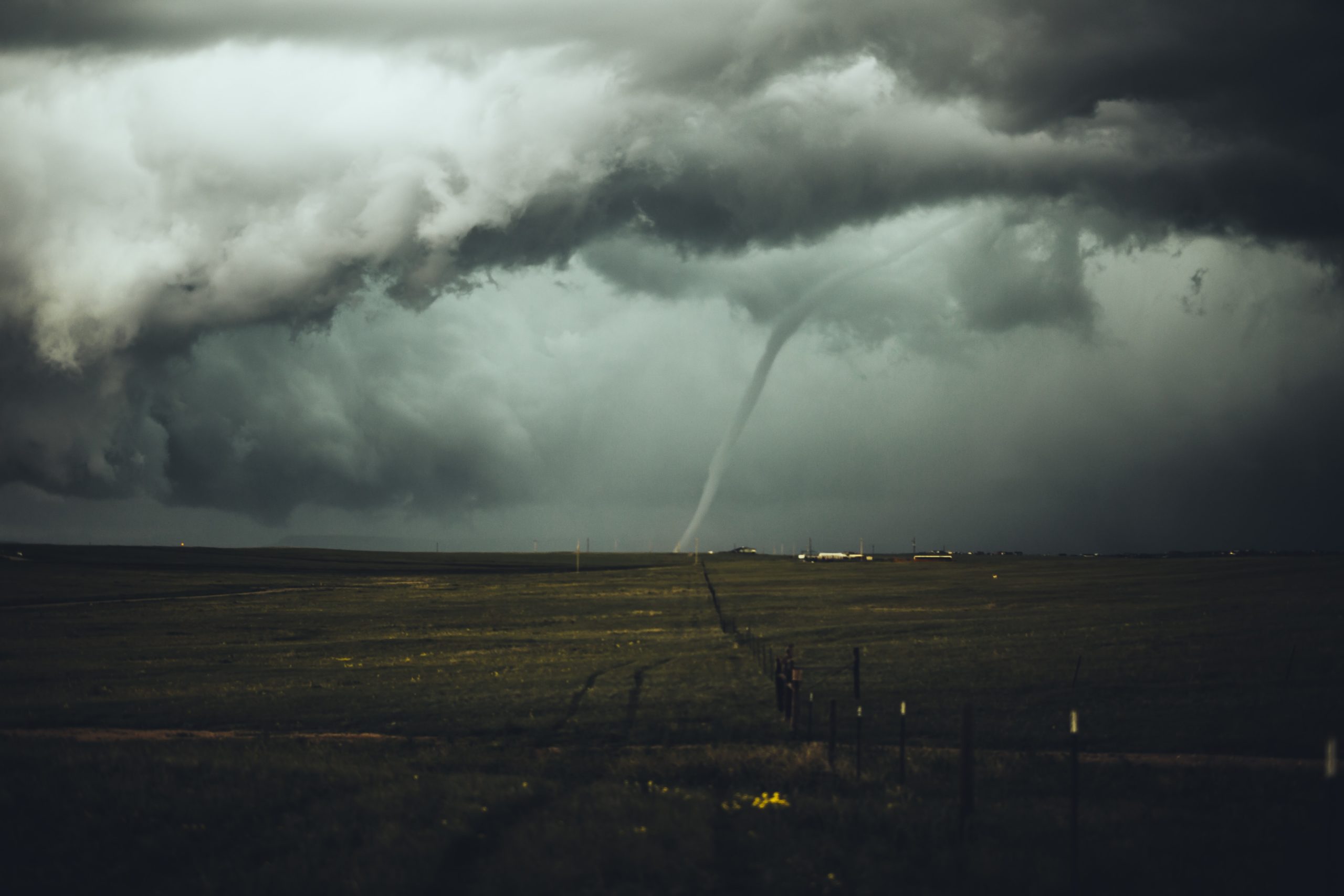Featured image of a road in Death Valley in California by jplenio on Pixabay
Paper: Winter Precipitation Changes in California Under Global Warming: Contributions of CO2, Uniform SST Warming, and SST Change Patterns
Authors: L. Dong and L. R. Leung
As with any job tasked with predicting the future, climate scientists have a tough but important responsibility: understand how the climate will be different at the end of the century. Predicting future climate is especially critical in areas with large, vulnerable populations and that grow a large part of the food supply. California, for example, has a population of over 39 million and is a source of two-thirds of the fruits and one-third of the vegetables grown in the US. Changes to its climate will impact not only its own residents but also the population and economy of the whole country.
Continue reading “Will California get more precipitation in future winters?”
